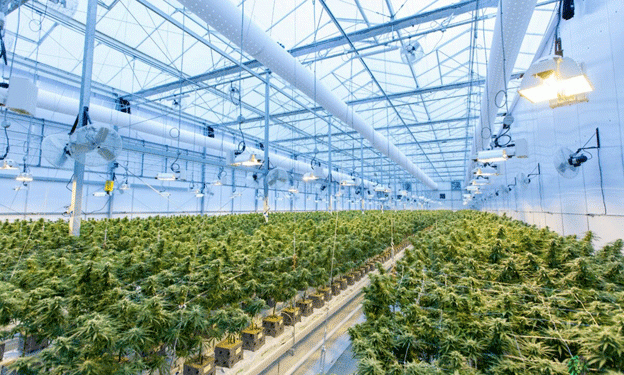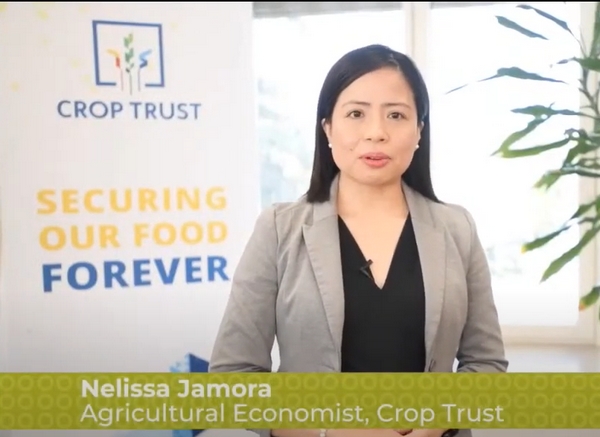A team of researchers from Final International University in Turkey has unveiled a pioneering greenhouse energy system combining semi-transparent photovoltaic (STPV) panels, a battery energy storage system (BESS), and hydrogen production and storage. This hybrid system is designed to achieve sustainable energy management, reducing dependency on external electricity grids and optimizing net present value (NPV).
Greenhouses have long struggled with energy efficiency, particularly in winter months when solar irradiance is low. This new system integrates advanced energy storage technologies to address seasonal energy challenges, enabling year-round operation with minimal grid reliance.
System Overview
The system incorporates the following components:
- Semi-Transparent PV Panels:
- Efficiency: 7%
- Cost: $100 per 32W panel
- Dual functionality: Photosynthesis-friendly while generating electricity.
- Battery Energy Storage System (BESS):
- Type: Lead-acid
- Efficiency: 80–90%
- Cost: $500/kW
- Hydrogen Production and Storage:
- Electrolyzer Efficiency: 80%
- Fuel Cell Efficiency: 60%
- Storage Cost: $10/kW
- Grid Backup: Electricity prices range from $0.12 to $0.43 per kWh depending on demand periods.
The system’s design was optimized using a Gradient-Based Optimization (GBO) algorithm, which balanced financial profitability and energy independence across three scenarios.
Key Findings Across Scenarios
- Profit-Focused Scenario:
-
- STPV Area: 8,500 m²
- BESS Capacity: 150 kW
- Hydrogen Storage: 4,436 kg
- Initial Investment: $1.3 million
- NPV: $1.58 million
- Energy Dependency (ED): 15.07%
- Balanced Scenario:
-
- STPV Area: 12,750 m²
- BESS Capacity: 225 kW
- Hydrogen Storage: 8,763 kg
- Initial Investment: $2 million
- NPV: $1.48 million
- ED: 10.64%
- Energy Independence Scenario:
-
- STPV Area: 27,200 m²
- BESS Capacity: 480 kW
- Hydrogen Storage: 23,476 kg
- Initial Investment: $4.4 million
- NPV: -$98,223
- ED: 1.56%
Implications for Greenhouse Farming
The study highlights a trade-off between energy independence and financial viability. While the energy-independent scenario minimizes reliance on the grid to nearly zero, it results in a negative NPV due to high upfront costs. The balanced scenario provides a middle ground, offering significant energy savings with positive financial returns.
This innovative system demonstrates how advanced energy management technologies can drive sustainability in greenhouse farming. By incorporating solar energy, battery storage, and hydrogen, greenhouses can achieve greater resilience against energy price volatility and supply disruptions.
The self-powering greenhouse system is a transformative step toward sustainable agriculture, addressing both environmental and economic challenges. While achieving full energy independence may not yet be financially viable, the balanced scenario provides a pathway for growers to adopt advanced energy solutions while maintaining profitability.
This approach aligns with global efforts to enhance food security and reduce the environmental footprint of agriculture. Future advancements in component efficiency and cost reduction could make fully self-sustaining greenhouses a standard in the industry.










